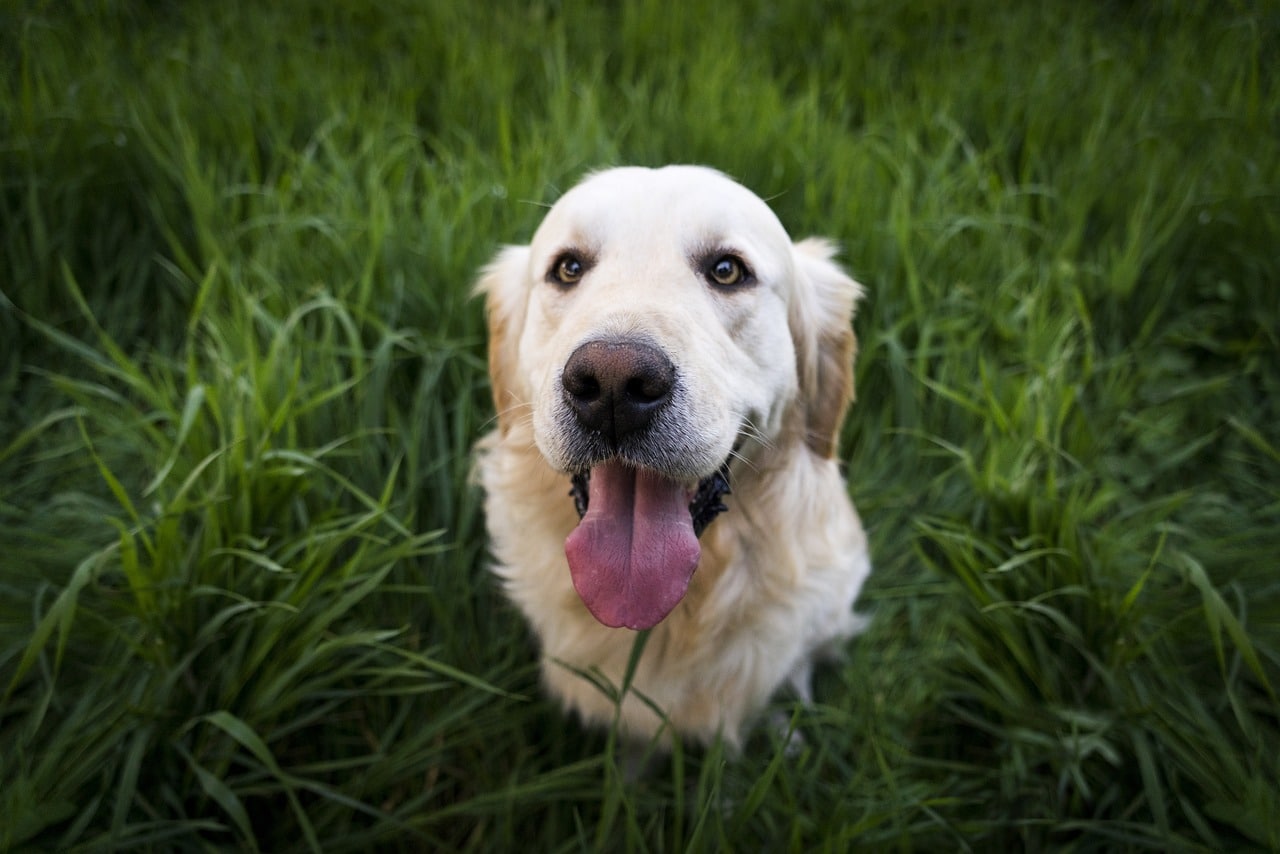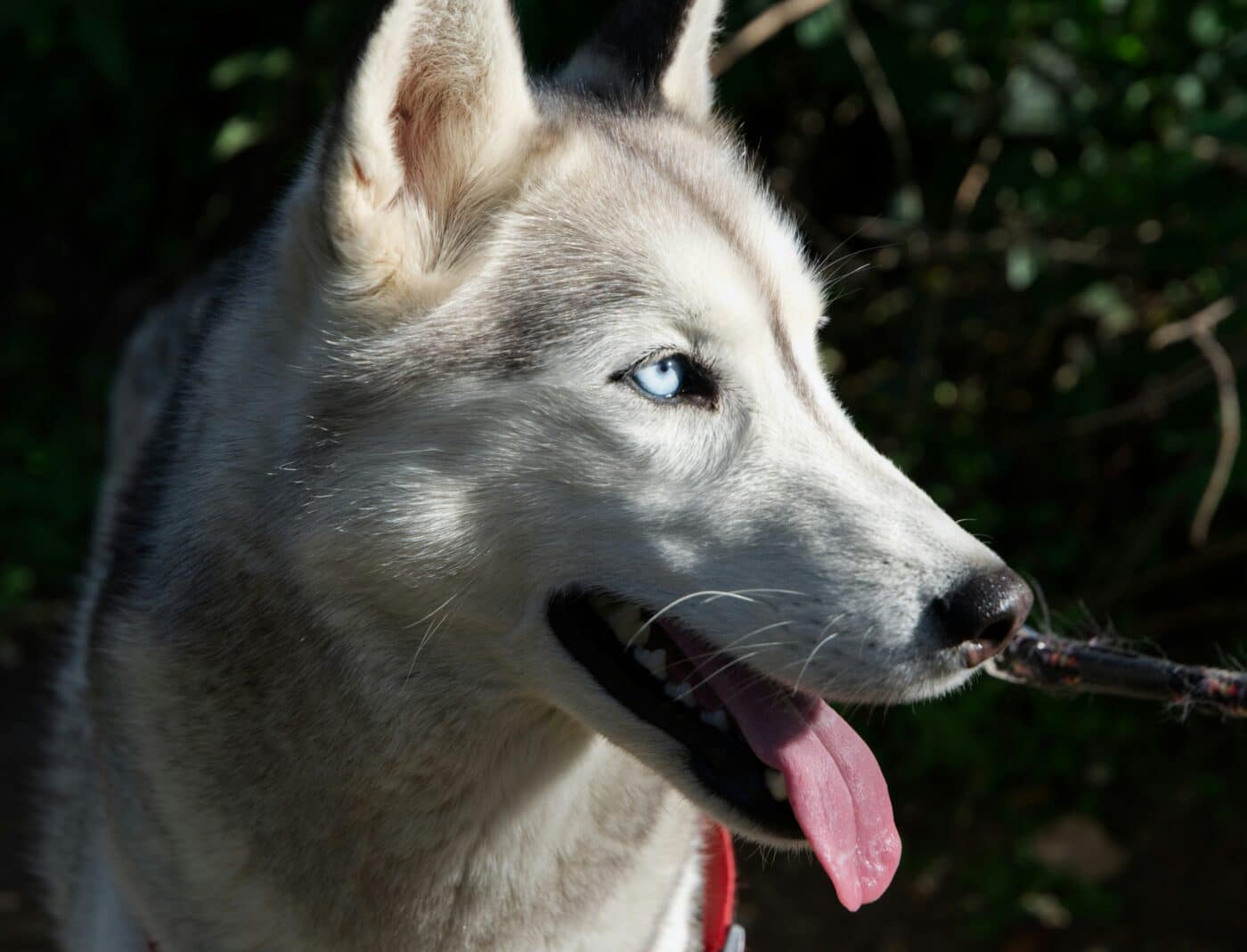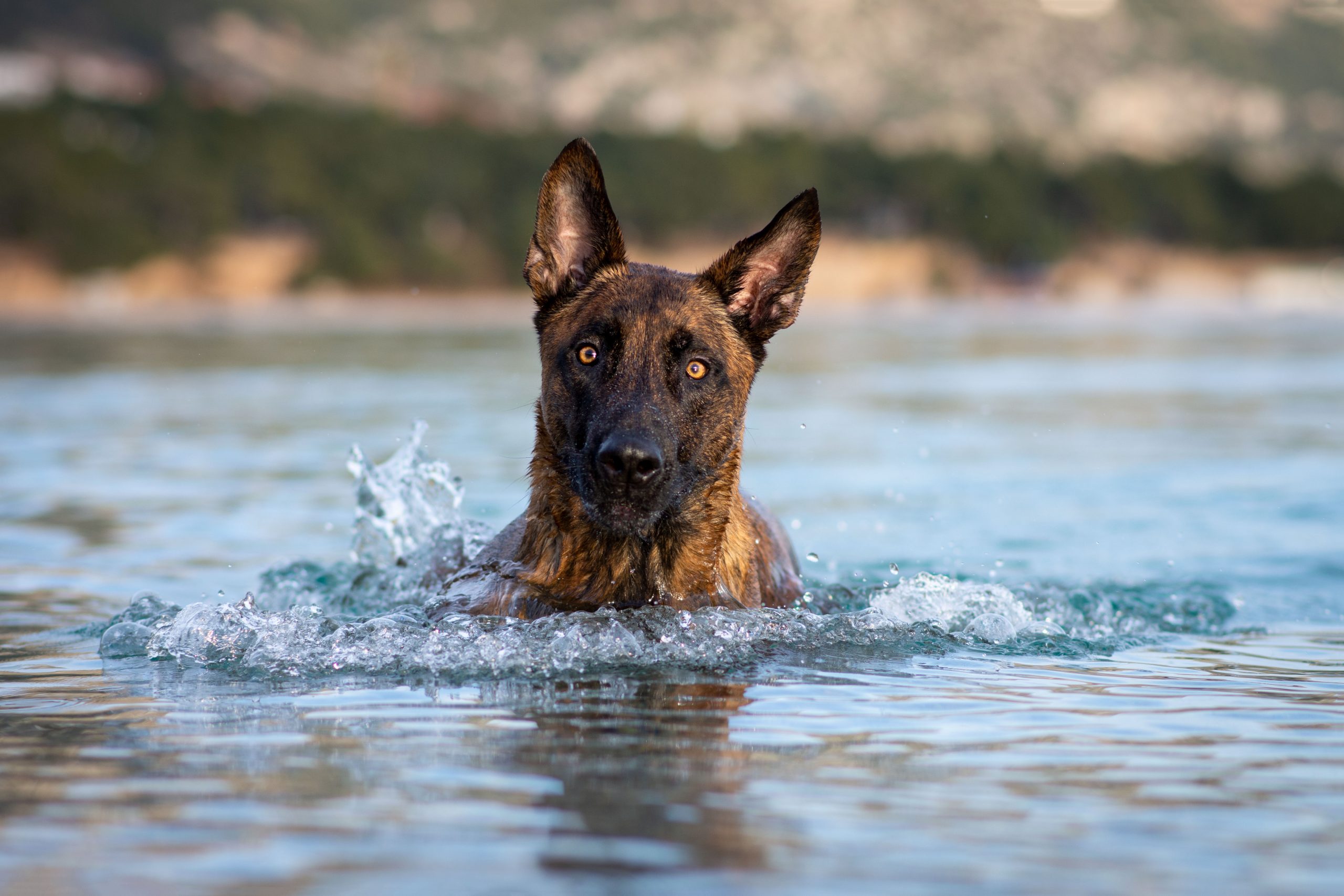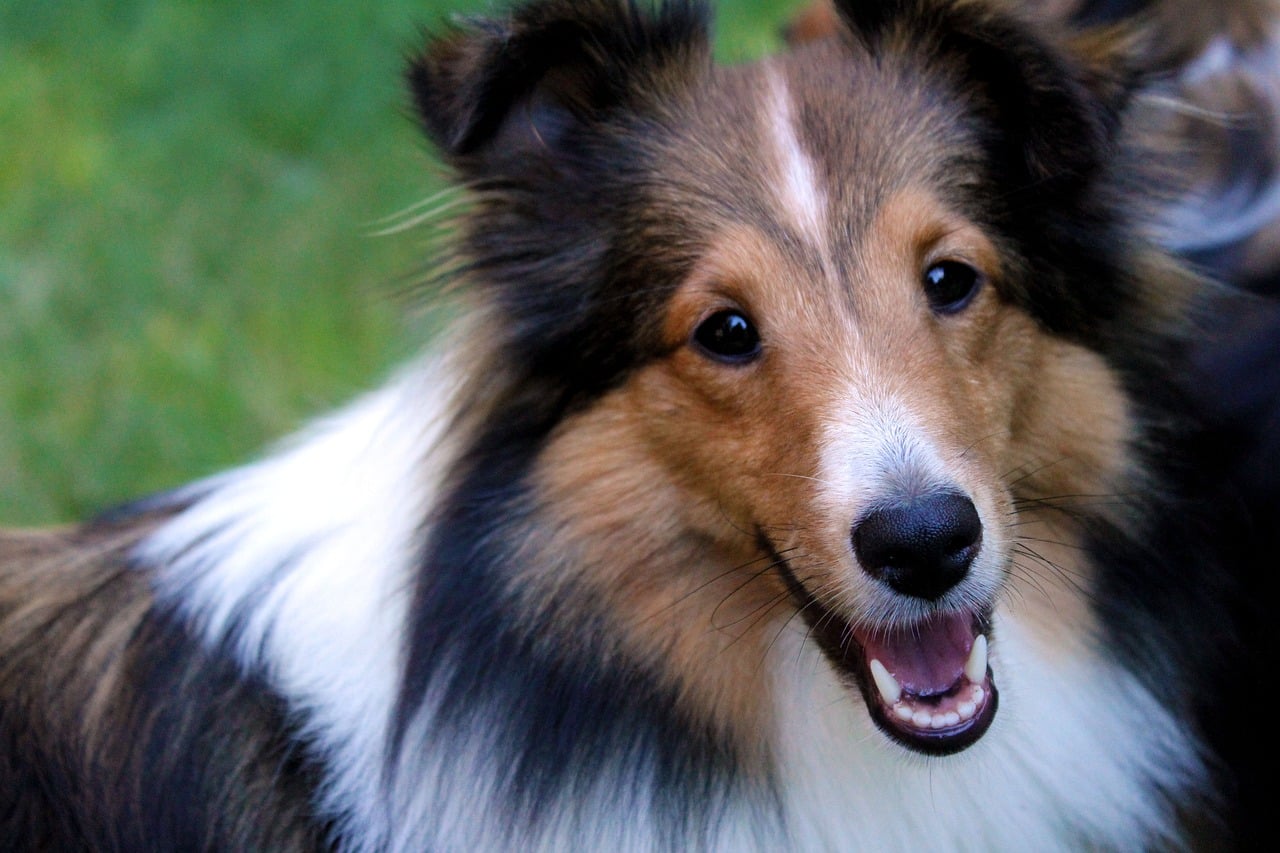 Shutterstock
Shutterstock
Dogs’ whiskers, or vibrissae, are far more than adorable facial features. These long, stiff hairs are deeply embedded and connected to an intricate network of nerves, making them extremely sensitive to even the slightest touch. Whiskers are crucial in helping dogs understand their surroundings, detect subtle changes, and respond to potential dangers. While many see whiskers as merely part of a dog’s appearance, they serve various essential functions that impact daily life, such as enhancing spatial awareness, protecting the eyes, and aiding in balance and coordination.
Enhancing Spatial Awareness
 Shutterstock
Shutterstock
Whiskers help dogs perceive their surroundings by providing critical information about objects and spaces. When a dog’s whiskers come into contact with an object, the sensitive nerves at the base of the whiskers transmit signals to the brain, helping the dog understand the object’s size, shape, and proximity. This heightened spatial awareness is especially useful in low-light conditions or unfamiliar environments, allowing dogs to confidently navigate their world.
Detecting Air Currents
 Shutterstock
Shutterstock
Dogs can sense subtle changes in air currents through their whiskers, which helps them detect the presence of nearby objects or movements. This ability is particularly advantageous in dark or narrow spaces with limited visibility. When air currents shift around an object, the dog’s whiskers pick up these changes and send signals to the brain. This gives the dog a “map” of its immediate environment, making whiskers like a built-in radar system that detects potential obstacles or hidden dangers.
Assisting in Night Vision
 Shutterstock
Shutterstock
While dogs do not have the best eyesight in the dark, their whiskers help compensate by providing tactile information that enhances their navigation in low-light settings. Whiskers can sense vibrations and changes in the air, allowing dogs to “feel” their way around obstacles or detect movement nearby. This ability helps dogs move confidently at night, aiding them in activities like hunting, guarding, or simply exploring their surroundings. It’s almost like having a built-in night vision system that works without sight.
Measuring Gaps and Tight Spaces
 Shutterstock
Shutterstock
The whiskers on a dog’s muzzle are roughly as wide as their body, making them an excellent tool for measuring whether a dog can fit through a tight space. When a dog approaches a narrow opening, their whiskers touch the sides and provide feedback on whether they should proceed or find another route. This natural measuring tool helps prevent dogs from getting stuck or injuring themselves when navigating tight or confined areas, especially when visibility is limited.
Indicating Emotional States
 Shutterstock
Shutterstock
Whiskers can serve as a subtle indicator of a dog’s emotions. When a dog is curious, excited, or focused, their whiskers tend to move forward, while in a relaxed or fearful state, the whiskers will lie flat against the face. This change in whisker position can help other animals and humans gauge a dog’s mood and intentions. Whiskers act as part of a dog’s non-verbal communication system, providing clues about how the dog feels without barking, growling, or other vocal cues.
Detecting Potential Threats
 Shutterstock
Shutterstock
Dogs’ whiskers are sensitive enough to detect vibrations in the air, making them useful for identifying potential dangers. For example, a dog’s whiskers can pick up the tiny vibrations caused by an insect flying nearby or a small animal moving in the grass. This sensitivity allows dogs to detect threats or prey before they see or smell them. This ability would have been essential for survival in the wild, helping dogs avoid predators or catch prey more efficiently.
Helping Puppies Find Their Way
 Shutterstock
Shutterstock
Newborn puppies are born with closed eyes and ears, making whiskers an essential tool for navigating their immediate environment. During the first few weeks of life, puppies rely on their whiskers to locate their mother, find warmth, and move around the whelping box. The tactile feedback whiskers provide helps puppies develop early motor skills and spatial awareness before their other senses fully develop. This early reliance on whiskers lays the foundation for continued use throughout adulthood.
Enhancing Hunting and Tracking Abilities
 Shutterstock
Shutterstock
For hunting dogs, whiskers play an important role in tracking prey. Whiskers can sense even the slightest movements in the air, allowing dogs to detect the presence of small animals or follow a trail. This heightened sensitivity gives hunting dogs an advantage when tracking game, especially in dense brush or low-light conditions. This instinct remains even for domestic dogs that don’t hunt, and whiskers still play a role during play or when exploring the yard for hidden critters.
Protecting the Eyes
 Shutterstock
Shutterstock
Whiskers above a dog’s eyes, called supraorbital whiskers, help protect the eyes by triggering a blink reflex when they sense something approaching. This reaction can prevent objects like twigs, debris, or other potential hazards from injuring the eyes. The blink reflex activated by the whiskers is a protective mechanism that helps keep a dog’s eyes safe during outdoor activities, such as running through tall grass or rough terrain.
Detecting Ground Vibrations
 Shutterstock
Shutterstock
Dogs can use their whiskers to sense vibrations in the ground, alerting them to approaching animals, vehicles, or other movements. This ability enhances a dog’s awareness of its surroundings and provides early warning of potential dangers. For example, a dog may feel an oncoming car’s vibrations or an underground animal’s subtle movements. This capability allows dogs to respond to environmental changes even when visual or auditory signals are absent.
Assisting with Balance and Coordination
 Shutterstock
Shutterstock
Whiskers contribute to a dog’s balance and coordination by providing sensory feedback about their body position. When a dog moves, the whiskers send information to the brain regarding the position of the head and body, helping maintain equilibrium. This function is especially useful when dogs are running, climbing, or jumping. The whiskers act like little antennas, constantly providing real-time data that helps dogs quickly adjust their movements.
Stimulating Mental Activity
 Shutterstock
Shutterstock
Whiskers are connected to specialized nerve cells that process touch information, stimulating a specific brain area known as the somatosensory cortex. This area receives significant tactile information from the whiskers, keeping a dog’s brain active and engaged. Because whisker stimulation involves processing complex sensory inputs, it can play a role in cognitive enrichment for dogs, providing mental challenges that help keep them sharp.
Navigating Water Currents
 Shutterstock
Shutterstock
For dogs that enjoy swimming or are bred for water-related tasks, whiskers help detect changes in water currents, allowing them to navigate more effectively. When a dog swims, its whiskers can sense the movement of the water and detect objects or animals nearby, even if submerged. This ability provides an additional level of awareness, making it easier for dogs to maintain orientation and avoid obstacles while in the water.
Enhancing Social Interactions
 Shutterstock
Shutterstock
Dogs use their whiskers as part of their social interactions with other dogs. When two dogs meet, they often sniff each other’s faces and whiskers to gather information. The tactile sensation provided by the whiskers helps dogs interpret each other’s intentions, emotions, and social status. Whiskers are an important aspect of canine communication, providing feedback that allows dogs to navigate their social world.
Protecting Sensitive Areas
 Shutterstock
Shutterstock
Whiskers located on a dog’s muzzle, chin, and other areas serve as a protective mechanism for the more sensitive parts of the body. When a dog’s whiskers come into contact with objects, they alert the dog to avoid potential injuries or discomfort. For example, a dog’s chin whiskers can detect rough terrain, prompting them to lift their head to avoid scrapes or cuts. This protective function extends beyond the whiskers near the eyes and contributes to the dog’s overall awareness of its surroundings.
More Than Just Fancy Face Hairs
 Shutterstock
Shutterstock
Who knew that those little whiskers could do so much? They’re like the Swiss Army knife of canine features, providing everything from built-in night vision and protection to social networking and emotional signaling. Whether your dog is bounding through the woods, navigating tight spaces, or lounging on the couch, those whiskers are always at work, helping them understand the world. So, next time you admire your dog’s whiskers, remember—they’re not just fancy face hairs but amazing sensory tools with a purpose!
 Toledo, United States.
Toledo, United States.